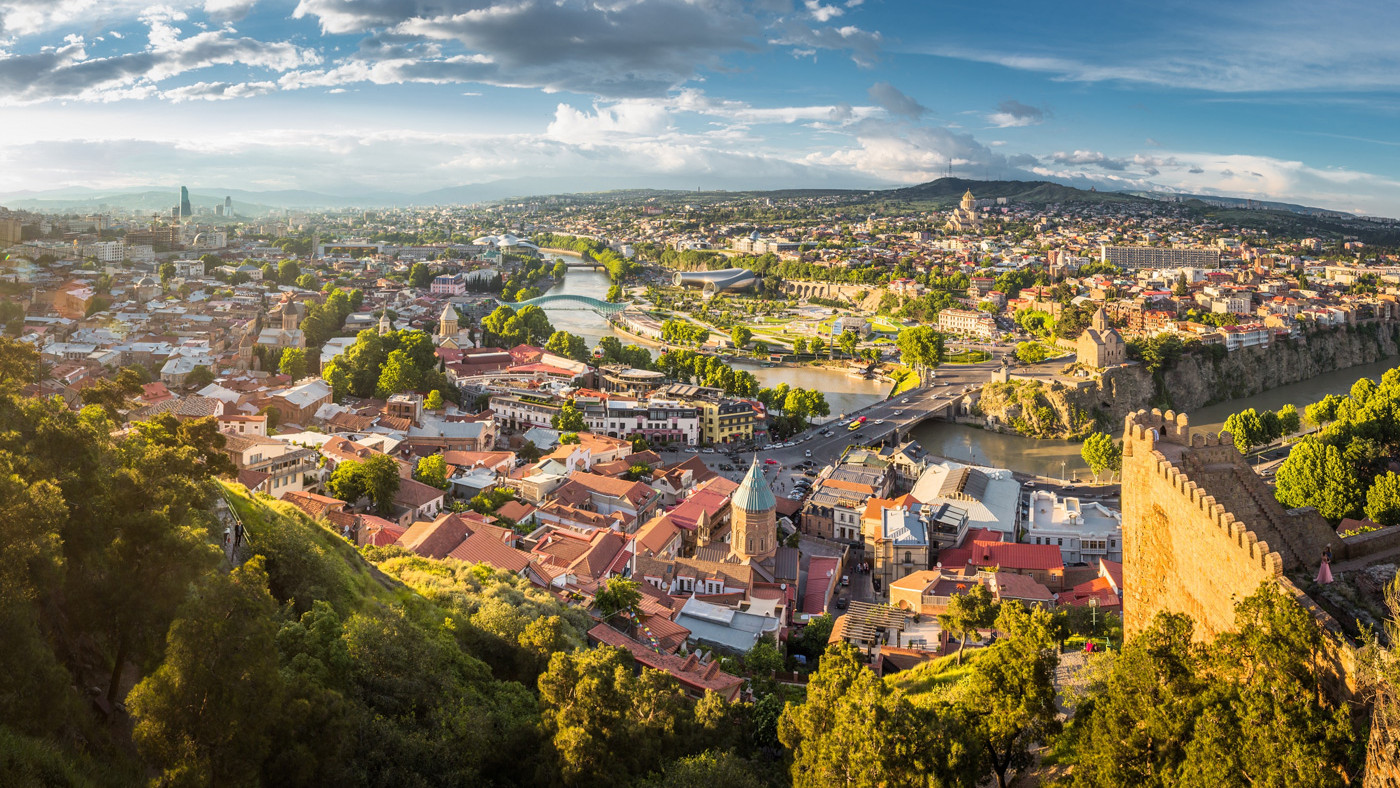
Spring has arrived in Tbilisi, and with it, the city feels like it’s waking up with a quiet smile. The streets are warmer, the breeze carries the scent of blooming acacias, and sunlight brushes the rooftops of both ancient churches and Soviet apartment blocks alike.
Nowhere else does history and modernity blend so naturally. One moment, you’re standing inside a centuries-old church, staring up at golden frescoes that have survived invasions and empires. The next, you’re walking past graffiti-tagged concrete walls, where bold colors and Western pop culture quotes echo the voices of a younger generation claiming their place.
Just behind one of these grey monoliths stands something unexpected: a skate park, humming with the energy of kids and teens. It’s named “Deda Ena”—“Mother Language” in Georgian—a nod to identity and roots in the midst of flips and freedom.
I watched as a little boy hesitated on his skateboard, his knees wobbling. His older brother, no older than 16, held his hand, whispering, "Lean forward... not too much!" The board wobbled, steadied, and rolled. For a second, they both flew. The younger one shouted with joy. The older one grinned like it was nothing. But I saw it—a small moment of inheritance: balance, bravery, and belonging.
That’s Tbilisi in spring. A city where every stone tells a story, and every mural, every movement, adds a new one. Where tradition doesn’t sit still—it rolls forward, just like a skateboard on newly warmed pavement.

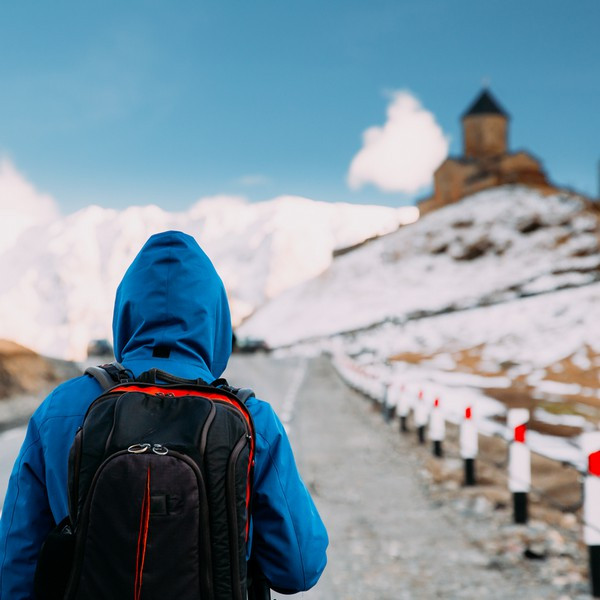
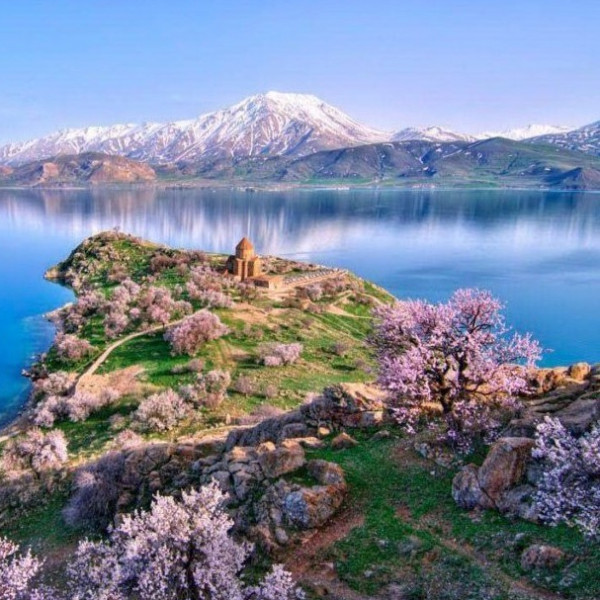
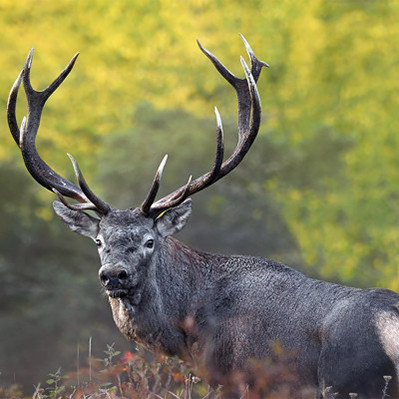
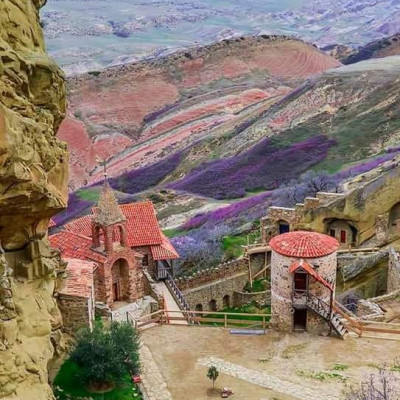

 Deutsch
Deutsch
 русский
русский
